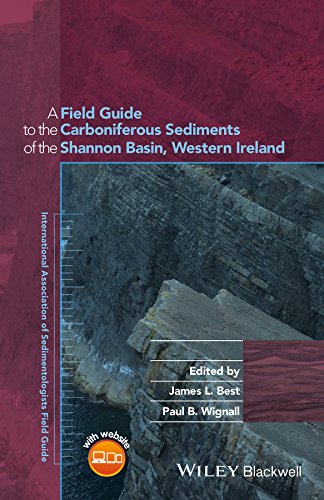

Most ebook files are in PDF format, so you can easily read them using various software such as Foxit Reader or directly on the Google Chrome browser.
Some ebook files are released by publishers in other formats such as .awz, .mobi, .epub, .fb2, etc. You may need to install specific software to read these formats on mobile/PC, such as Calibre.
Please read the tutorial at this link. https://ebooknice.com/page/post?id=faq
We offer FREE conversion to the popular formats you request; however, this may take some time. Therefore, right after payment, please email us, and we will try to provide the service as quickly as possible.
For some exceptional file formats or broken links (if any), please refrain from opening any disputes. Instead, email us first, and we will try to assist within a maximum of 6 hours.
EbookNice Team

Status:
Available5.0
38 reviewsThe Carboniferous Shannon Basin of Western Ireland has become one of the most visited field areas in the world. It provides an ideal opportunity for examining a wide range of ancient sedimentary environments, including carbonate shelf, reefs and mud mounds, black shales and phosphates, and a spectrum of deep sea, shallow marine, fluvio-deltaic and alluvial siliciclastic sediments. The area boasts extensive outcrops and some of the most renowned sections through turbidites, large-scale soft sediment deformation features and sediments that display a response to tectonic and sea-level controls.
This field guide provides the first synthesis of the principal localities in this area of Western Ireland, and presents an easily accessible handbook that will guide the reader to, and within, a wide range of sedimentary facies, allowing an understanding of the evolving nature of the fill of this Carboniferous basin and the context of its sedimentary and tectonic evolution. The guide summarizes recent and new work in the area by a range of authors and outlines issues of current debate concerning the Shannon Basin and its palaeoenvironmental interpretation. The field guide will find extensive use in teaching and research by academic researchers, professional and amateur geologists, as well as by applied geologists, geophysicists and reservoir engineers who use these outcrops as analogues for subsurface reservoirs in many areas of the world.